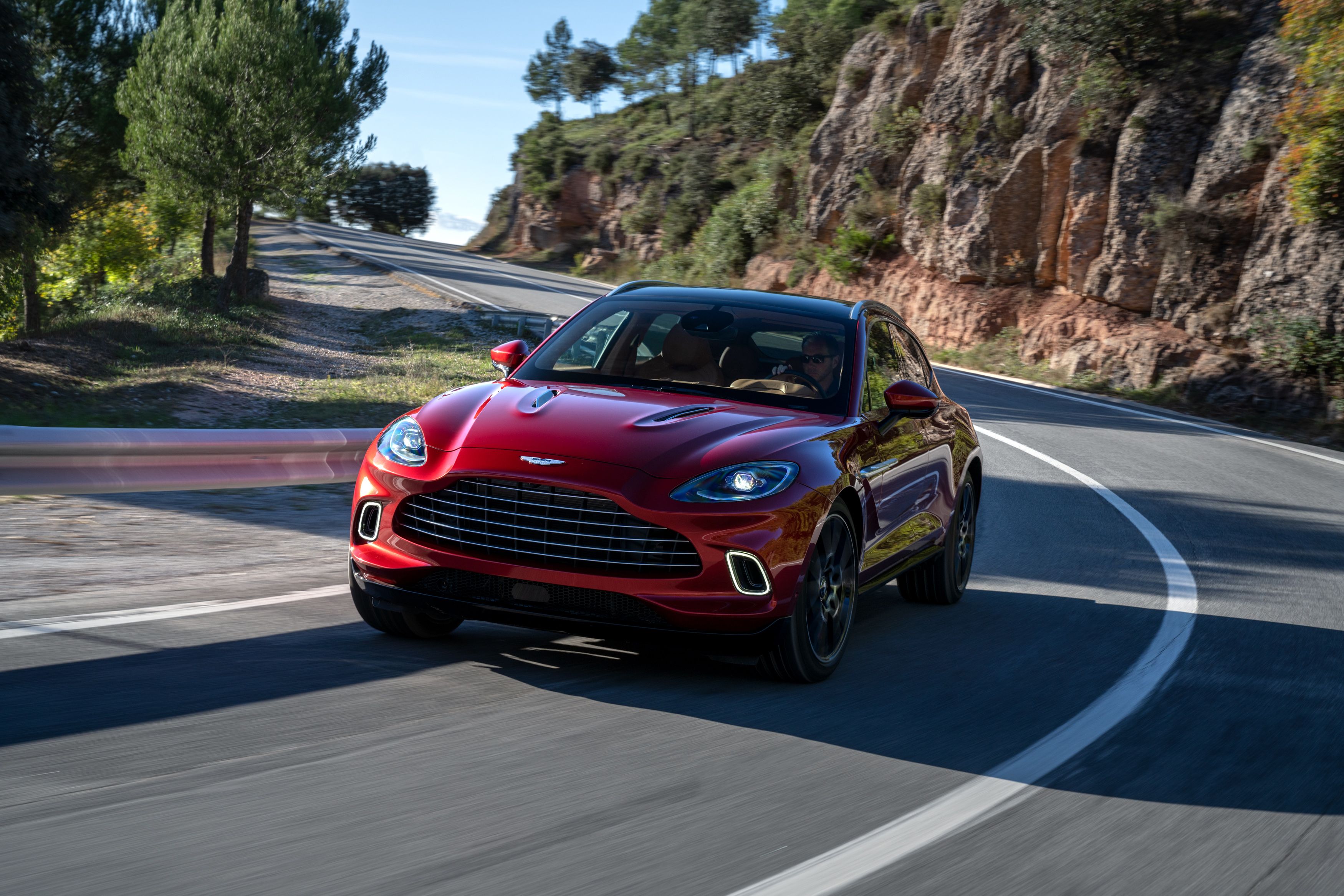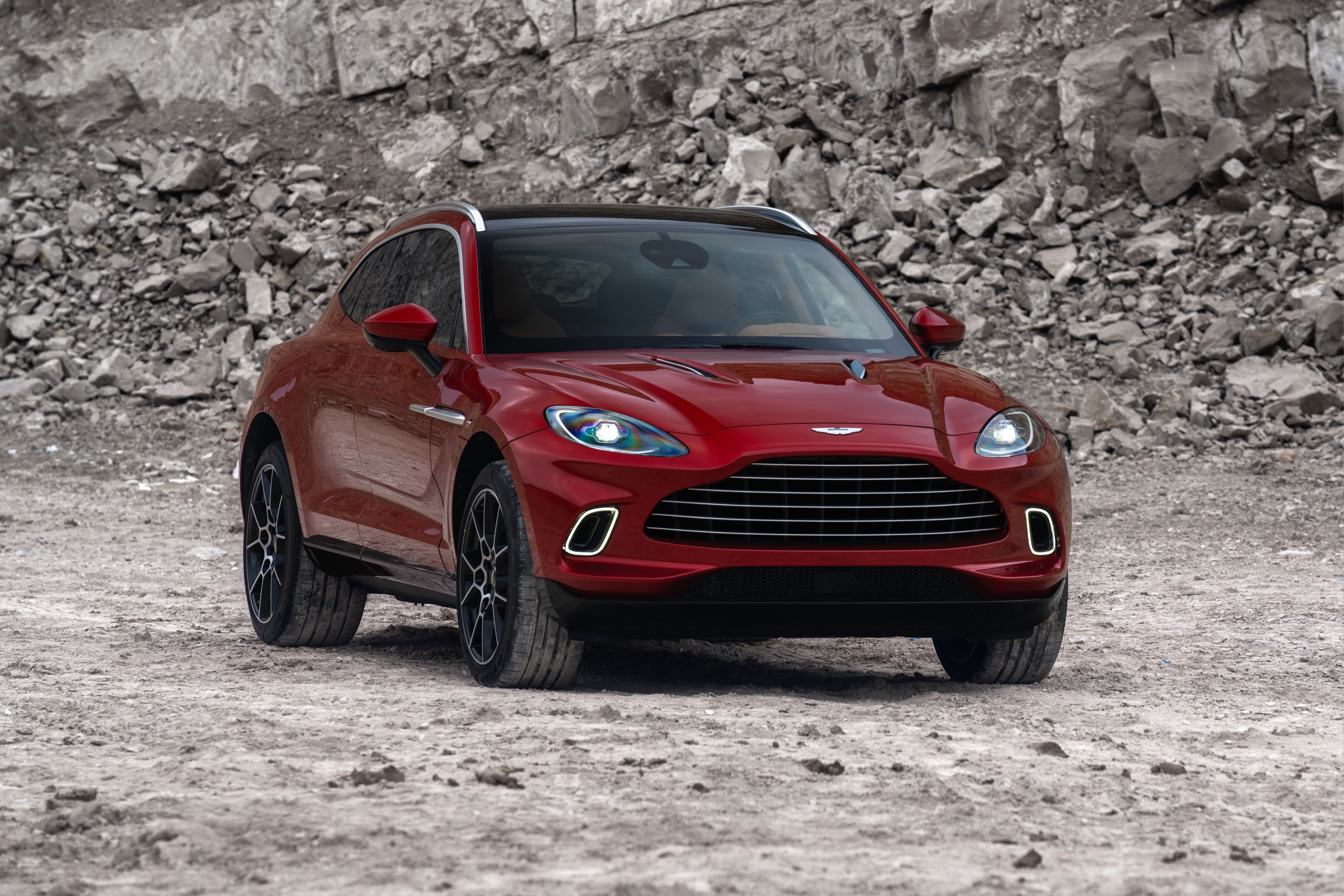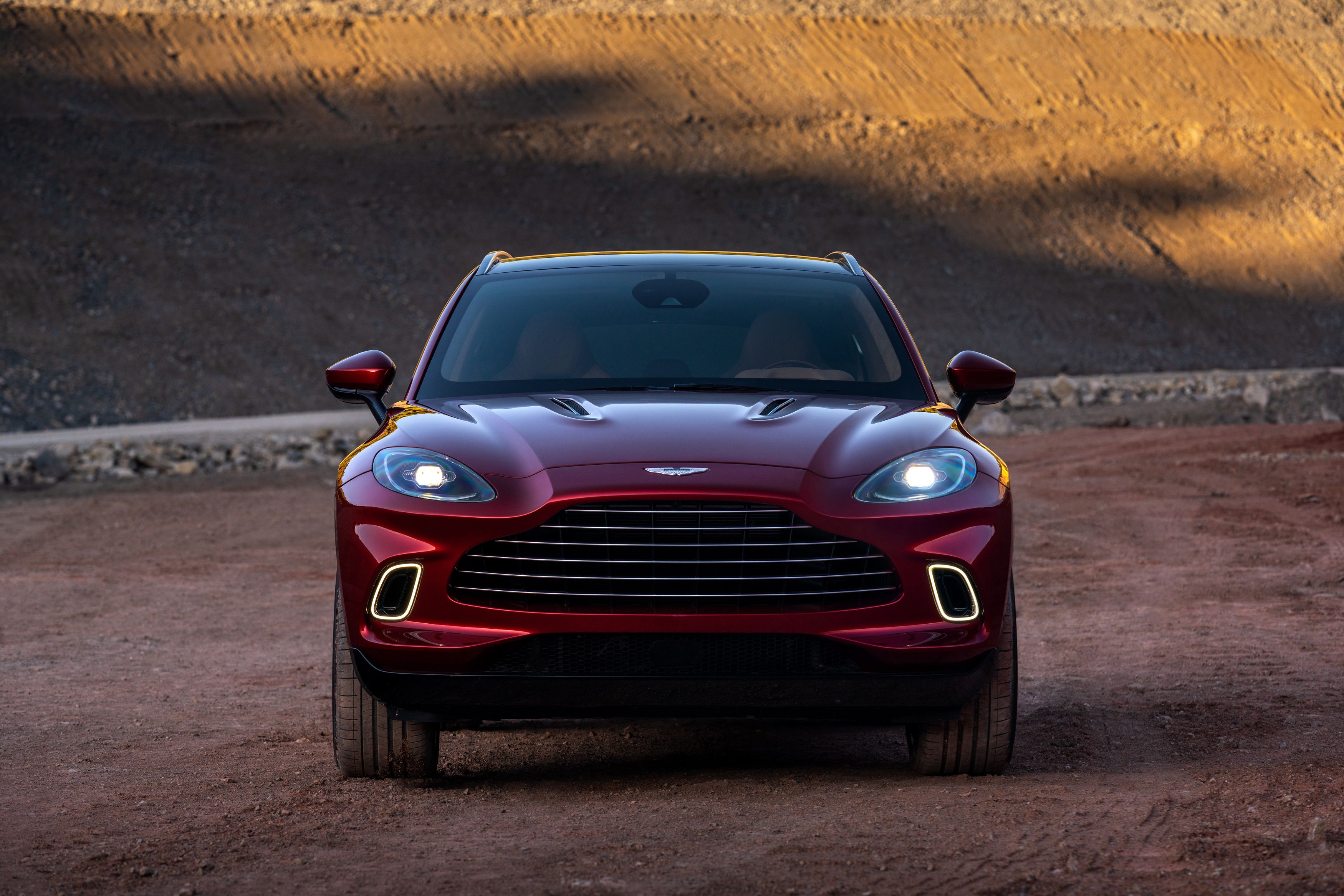Aston Martin has been an independent company for the majority of its time on the market. But surviving as an independent brand is tough, so it's not surprising that the British company has gone bankrupt seven times in its history. Although it's somewhat stable nowadays, Aston Martin only recently became profitable and went public in 2018.
With a new recession looming in, the company's shareholders have approved a financial rescue package from Yew Tree, a Canadian consortium led by Lawrence Stroll. The £536 million ($659 million) investment from the Yew Tree consortium led by Stroll will help Aston Martin put the DBX into production.
Aston Martin's Messiah
Like Porsche did with the Cayenne years ago, Aston Martin is relying on the DBX to increase sales, profits, and ultimately achieve financial stability. But this won't happen until the COVID-19 pandemic settles down and Aston Martin resumes operations at its St. Athan facility in South Wales. The factory was shut down following the outbreak of the novel coronavirus.
The DBX was recently unveiled in production-ready form and was expected to break cover toward the end of the year. While its immediate future is somewhat uncertain, production will go on as planned once it's safe to restart production lines.
Built on a dedicated platform (although related to the Vantage), the DBX will arrive with a 4.0-liter V-8 engine rated at 542 horsepower and 516 pound-feet of torque. Shared with other Aston Martin models, the twin-turbo V-8 is actually borrowed from Mercedes-AMG based on a partnership signed a few years ago.
If the economy doesn't go south completely following the pandemic, the DBX should benefit from the booming SUV market and outsell all Aston Martin nameplates in its first couple of years on the market. The DBX's success is crucial for Aston Martin's long-term survival.
Who Invested So Much Money Into Aston Martin?
The Yew Tree is an investment fund led by Lawrence Stroll, a Canadian billionaire that also owns the Racing Point Formula One team. Stroll has already purchased a 16.7-percent stake in Aston Martin for £182 million (about $225 million) in January 2020, while also providing a £318 million ($393 million) cash infusion through a new rights issue.
With Aston Martin's share price reduced dramatically due to the COVID-19 pandemic, Stroll revived the deal to take a larger 25-percent stake in the company. Stroll also provides £75.5 million (93.2 million) in “short-term working capital support,” which raises total investment to £536 million ($661 million).
"There has been a significant change in the global market environment in which Aston Martin Lagonda operates. What has not changed is our commitment to provide the Company with the necessary funding it needs to manage through this period, to reset the business and to deliver on its long-term potential," Stroll said in a statement.
When Will Aston Martin Return to Formula One?
In addition to confirming the investment, Stroll also revealed that Aston Martin will enter Formula One as a works team next season. While details are still scant, Stroll will probably rename its Racing Point team into Aston Martin.
Racing Point joined Formula One in 2019, when it finished the season in seventh place out of 10 teams. Aston Martin's name began to appear on Red Bull Racing cars in 2018, when the British company became the brand's title sponsor. Aston Martin Red Bull Racing finished the 2018 and 2019 seasons in third place in the manufacturers' championship.
Both Racing Point and Aston Martin compete in the 2020 season, but the championship is currently on hold due to the COVID-19 pandemic. The Australian and Monaco Grand Prix races were canceled, while six other events scheduled from March to June were postponed. Although 14 races are supposed to go on as planned starting June 14, more dates could be postponed or canceled due to the pandemic.
Aston Martin's return to Formula One as a works team in 2020 will happen exactly 60 years since the brand retired from the sport. Aston Martin actually competed in only two seasons, in 1959 and 1960, with the DBR4 and DBR5. The Brits ended both seasons with modest results and no points. 1959 was its best season with three top 10 finishes.



